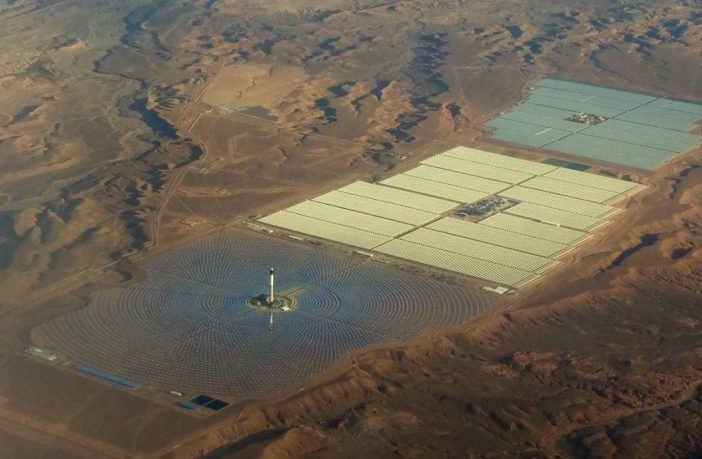- Researchers from the University of Buraimi in Oman have studied how Soalr PV plants and Concentrated Solar Power (CSP) facilities could compete in terms of expected electric energy output and the effective use of land at low latitudes in regions such as the Sahara Desert, the Arabian Peninsula, Mexico, and South Asia.
The main goal of the study was to rank nine types of solar power system typologies – four kinds of PV plants and five types of CSP facilities – while defining land-use performance metrics.
Related news: The four types of concentrated solar power explained
“This ranking does not include economic factors, scalability, or technology complexity; which may make one system preferred to others even if it demands relatively more land area to yield the same electric energy,” the scientists explained.
They looked at PV systems with fixed photovoltaic panels (PVF), arrays with single-horizontal-axis trackers (PVH), installations with single-vertical-axis trackers (PVV), and systems with two-axis tracking (PV2). They also considered CSP systems based on parabolic dishes with attached heat engines (CSPd), plants with parabolic troughs (CSPt), facilities with linear Fresnel reflectors and single absorbers (CSPF1), projects based on compact linear Fresnel reflectors wit two absorbers (CSPF2), and solar towers with heliostats (CSPh).
The scientists used three different simulation tools to describe the performance of the nine project typologies: Energy3D, PVWatts Calculator, and PVGIS. They considered monthly energy generation intensity (MGI), daily energy generation intensity (DGI), and hourly energy generation intensity (HGI), with the aim of defining the overall energy generation intensity (EGI) of projects. They found that PVF systems are the best performers among the PV typologies.
“Despite the simplicity of the system, being free from any major moving parts, it allows high ground coverage ratio (packing density),” the scientist said. “Adding a single-axis (horizontal) solar tracking gives the best EGI. Upgrading the tracking system to two-axis tracking can misleadingly show better energy conversion assuming the same amount of panel surface, but the EGI actually dropped.”
The scientists said that CSPd, CSPt and CSPF1 have comparable EGI, but the parabolic dishes are preferable when less seasonal variability is required.
“Adding absorbers to a linear Fresnel reflector system without adding a proportional number of reflectors (keeping the same ratio of reflectors to absorbers) is not recommended, and can actually cause a performance penalty,” the scientist said.
They presented their findings in the paper “Land-Use competitiveness of photovoltaic and concentrated solar power technologies near the Tropic of Cancer,” which was recently published in Solar Energy.
Author: Emiliano Bellini
This article was originally published in pv magazine and is republished with permission.















